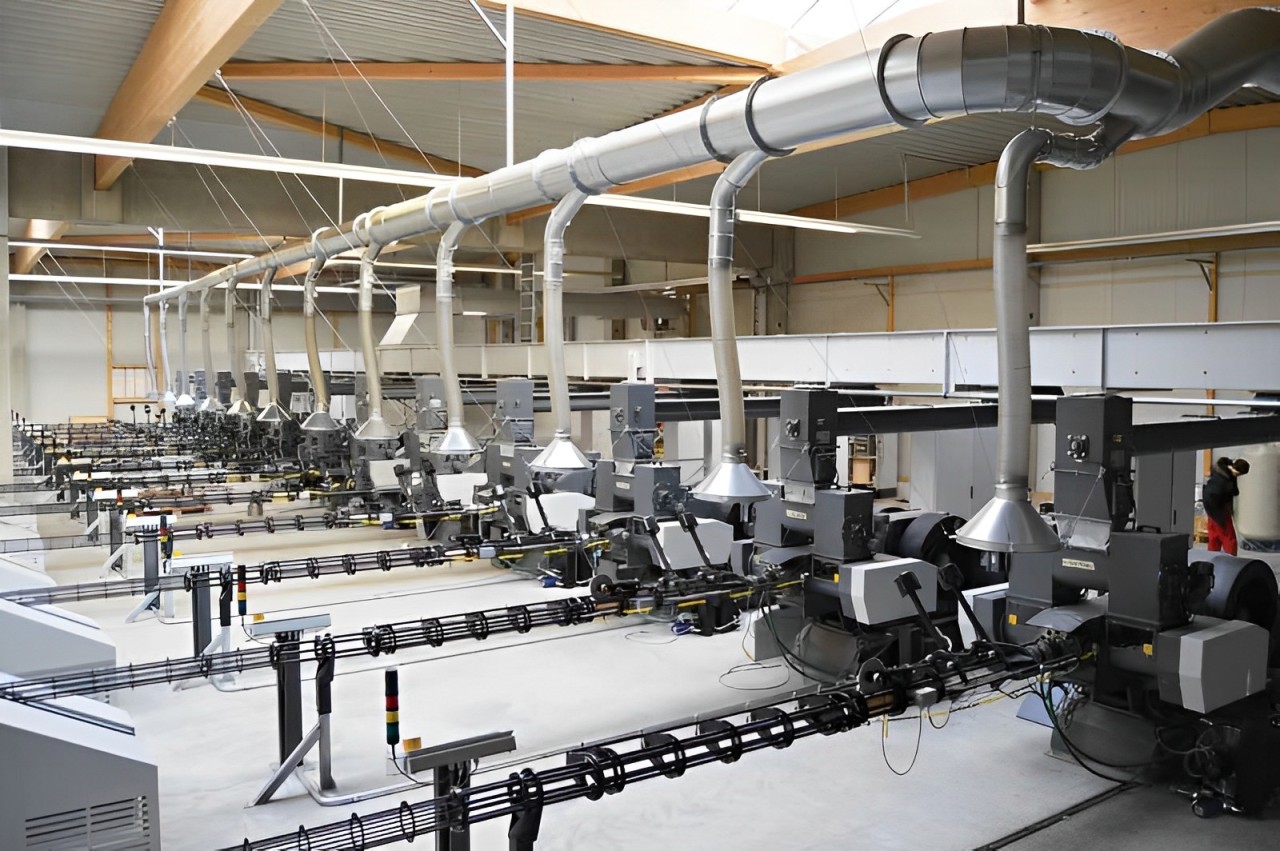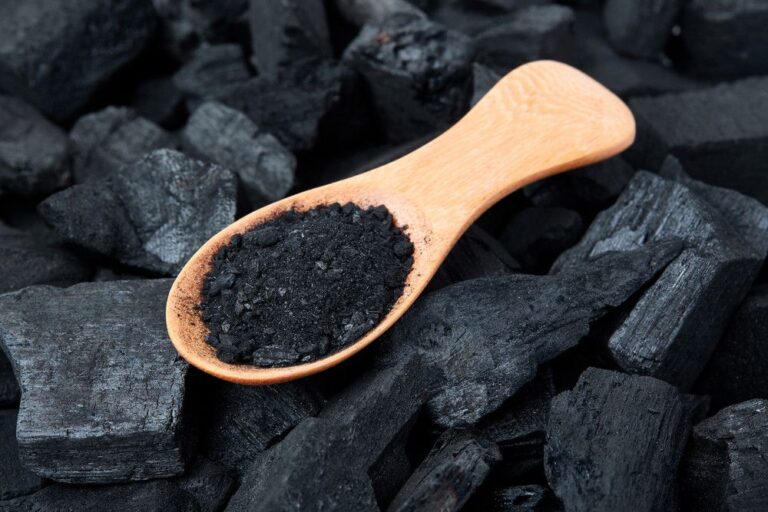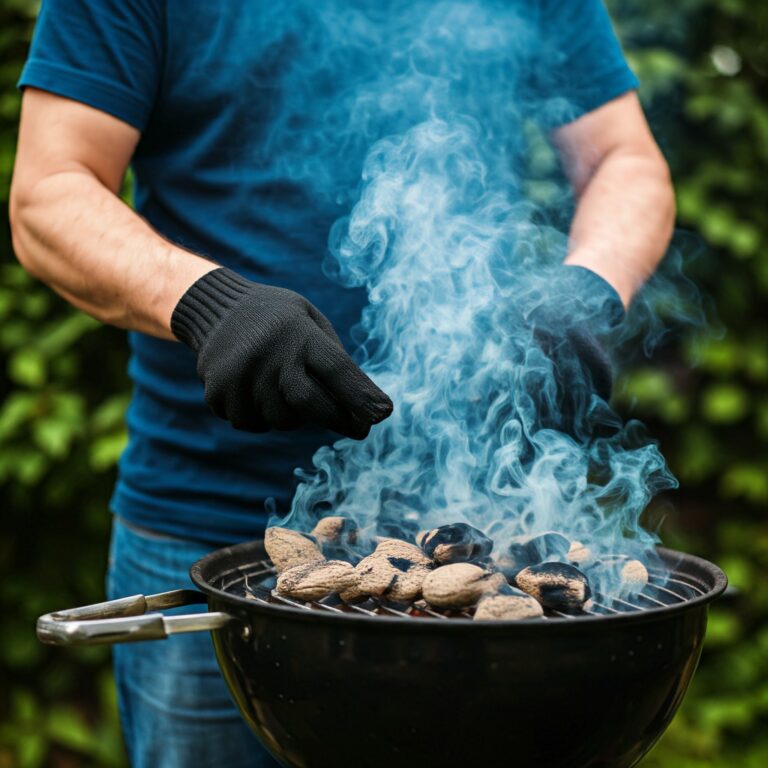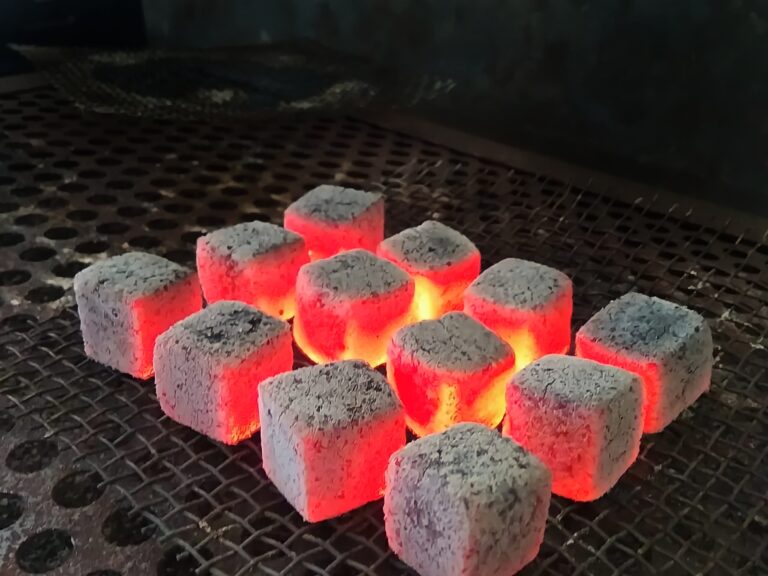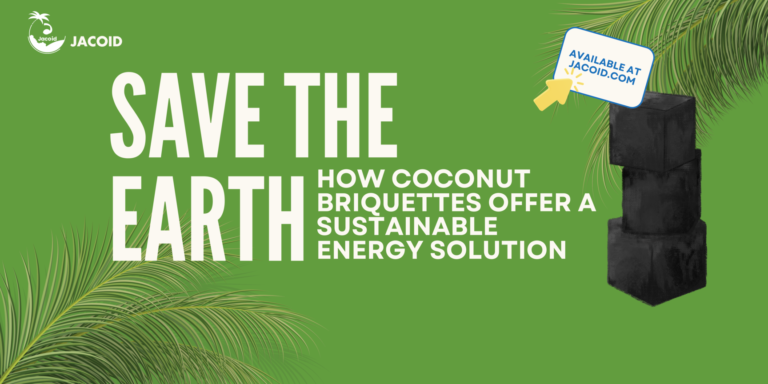Are you a businessman? Are you feeling uncertain about selecting eco-friendly materials to kickstart your career? No need to worry, charcoal briquettes are the solution! Biomass wastes such as wood chips, food scraps, dried leaves, and coconut shells are readily available and easily obtained. They are 100% natural, making them ideal for producing environmentally friendly charcoal briquettes
In addition, the process of making this dusty stone is easy but also quite difficult, why is that? Because the manufacturing process is quite complex and requires a variety of equipment that has qualified performance standards and safety for the wearer, so from it requires expertise and accuracy in making these briquettes.
3 things needed in the process of manufacturing charcoal briquettes
In this guide, we will make and provide tips and equipment needs that will be used for the process of making briquettes for business people:
1. Tools and Materials Needed in the Process of Manufacturing Briquettes
When starting a business, we usually ensure that tools and materials are available and can be used properly in terms of functional, technical, and safety.
If these three standards have been met by the tools, the results obtained will be more optimal. Therefore, we will provide three explanations of the needs of tools and materials that will be used in the briquette manufacturing process.
1. Materials Used in the Briquetting Process
The materials required in the briquetting process are quite easy to find. In this guide, they are divided into three parts, namely:
1. Organic Raw Materials/Biomass Waste
Biomass or organic waste is quite easy to find and obtain around us, consisting of sawdust, dry leaves, food waste, and coconut shells and fibers.
Therefore, charcoal briquettes are a cost-effective and environmentally friendly fuel to start a business.
2. Charcoal
Charcoal is a black residue consisting mainly of carbon, obtained by burning organic materials such as wood, coconut shells, or crop residues.
This process, known as carbonization or pyrolysis involves heating organic material at high temperatures without sufficient air to facilitate complete combustion, which will produce charcoal.
Charcoal is often compositionally purer as it is not mixed with adhesives. Because of this, charcoal is a mandatory component in the briquetting process.
3. Adhesive Material
Adhesives are used to bind the particles of charcoal powder and form them into a solid and stable form.
With adhesives, the quality and efficiency of the briquettes can be ensured, and the briquettes are kept from crumbling or decomposing during the handling, storage, and burning process so that the quality of the briquettes does not decrease during use.
Additionally, adhesives facilitate the formation of briquettes as desired and maintain the structure to make them more sturdy, as well as enhance combustion efficiency. Examples of adhesives include tapioca starch, corn starch, lignin, and others.
2. Equipment Used in the Briquette Manufacturing Process
After learning about the ingredients, let’s move on to the equipment session. We’ve split this session into five parts, so let’s dive in and see what we’ve got!
1. Carbonization Equipment
Carbonization equipment in charcoal briquette production refers to commonly used tools or machines such as carbonization drums or kilns used to carry out the carbonization process on organic materials, such as wood or coconut shells.
This process is essential to produce charcoal powder. The main function of carbonization equipment is to regulate the temperature and environmental conditions during carbonization efficiently, ensuring the production of high-quality charcoal powder suitable for briquetting.
2. Grinder Equipment
People use a charcoal grinder to crush the carbonized charcoal into smaller particles or powders, making it easier to form the desired charcoal briquettes.
3. Mixing Equipment
The charcoal mixer is used to blend charcoal with binders such as tapioca starch, corn starch, lignin, etc.
The milled charcoal is combined with the binder to create a uniform mixture, which is then prepared for further processing, such as briquetting.
This equipment can range from simple to more complex machines, depending on the scale and production needs.
4. Charcoal Printer
Put the charcoal and binder mixture into the molding machine, when the ingredients are well mixed. This machine applies high pressure to shape the mixture into dense and sturdy charcoal briquettes. The machine may operate manually, semi-automatically, or automatically, depending on the production scale.
5. Charcoal Briquette Drying Equipment
When briquettes are freshly molded, they should be dried in a dryer to lower their moisture level. Usually, freshly molded briquettes tend to retain their moisture and need to be dried to achieve the desired hardness and produce the best quality briquettes.
The dryer can be a chamber that utilizes the sun’s heat or an artificial dryer that uses another heat source.
After drying, the charcoal briquettes are fed into a cutting machine. Some machines also have an automatic cutting system to cut the briquettes to the desired size.
3. Health and Safety Equipment in the Briquetting Process
The previous guide has already explained the raw materials and equipment required and utilized in the process of brickmaking.
However, it is important to remember one crucial aspect: before commencing work, it is essential to ensure and prioritize the safety and health of employees. This is necessary to anticipate risks without compromising work efficiency.
Occupational Health and Safety (OHS) is an important aspect of the charcoal briquette process. Some of the risks that can occur in this activity include exposure to dust, hazardous gases, fire risks, and physical injuries from the equipment used.
Because of this, OHS guidelines are very important to reduce the risk of accidents or negligence of workers in their activities.
If you want to start a business in the process of making briquettes, you must apply several OHS steps as follows:
1. Use of Personal Protective Equipment
Some examples of personal protective equipment used and their purposes:
1. Dust Mask
To avoid inhalation of charcoal particles that can be harmful to breathing, workers wear dust masks during the production process.
2. Heat and Chemical Resistant Gloves
Workers wear gloves designed to withstand heat and chemicals, protecting their hands when handling hot materials or mixing chemicals.
3. Protective Eyewear
Use protective eyewear to protect workers’ eyes from dust and charcoal particles, and avoid irritation, and the risk of eye injury in the briquetting process so as not to interfere with work efficiency.
4. Protective Shoes
To prevent foot injuries from falling objects or heat exposure, workers wear protective shoes during the charcoal briquette manufacturing process, ensuring the safety of their feet from potential occupational hazards.
3. Technical Process in Briquette Manufacturing
after knowing the raw materials and equipment required, including everything from equipment for making briquettes to safety equipment. In this guide, we have outlined the following charcoal briquette processes:
First Step: Coconut Shell Collection and Preparation
The first step in making coconut charcoal briquettes is to collect the coconut fruit. Separate the fibers from the shells, wash the shells thoroughly, and dry them in the sun for a few days, turning them regularly to ensure even drying.
Second Step: Carbonization Process
The carbonization stage is crucial in turning coconut shells into charcoal. Follow these steps to carry out the process:
1. Setting Up the Briquetting Process Location
Build a small covered structure with bricks or metal for carbonization.
2. Filling Coconut into the Carbonization Chamber
Place dried coconut shells in the bin, stacking them for optimal airflow.
3. Starting Carbonization
Light a fire at the base, gradually increase the temperature, and then reduce airflow to limit oxygen for quality charcoal.
4. Monitoring the Process of Coconut Carbonization
Prevent over-burning by maintaining high, stable heat. The process is complete when smoke and flames decrease significantly.
Third Step: Charcoal Cooling and Crushing
After carbonization, cool the coconut charcoal in the carbonized for a few hours. Once cooled, carefully remove and break it into small pieces using a hammer or charcoal crusher. Smaller pieces make it easier to form briquettes.
Fourth Step: Mix Charcoal With Binder
To make briquettes, mix crushed coconut charcoal flakes with a binder like cassava flour or cornstarch to help retain their shape. Combine the charcoal and binder in a bowl, add water gradually, and knead until the mixture reaches the right consistency.
Fifth Step: The Process of Molding Charcoal Briquettes
It’s time to print the charcoal briquettes. Here are the steps:
1. Prepare the briquette mold
Use an automatic printer or manually prepare a simple wooden mold or shape the briquettes by hand.
2. Fill the mold
Press the charcoal mixture into the mold firmly, ensuring it retains its shape.
3. Remove the briquettes
Gently extract them from the mold and set them on a level surface to dry.
Sixth Step: Drying and Storage
After removing the molds, we dry the coconut charcoal briquettes in a well-ventilated and sunny place for a few days. A damp drying area will slow down the process and affect quality, so proper ventilation and sunlight are essential for sturdy, high-quality briquettes.
Conclusions on the Briquetting Process
In this guide, we outline the initial processes necessary to start a charcoal briquette business, including the materials to be used, the equipment needed during the manufacturing process, and the technical steps involved in production.
Additionally, the materials for making briquettes are quite easy to obtain. The guide also emphasizes the importance of occupational safety and health in industrial activities, highlighting how employee safety and health significantly impact the overall performance of any industry.
Furthermore, we provide a well-organized and easy-to-follow step-by-step guide for making briquettes. We hope this guide proves useful for starting your desired briquette manufacturing business. For more information about coconut charcoal briquettes, you can visit this link.

